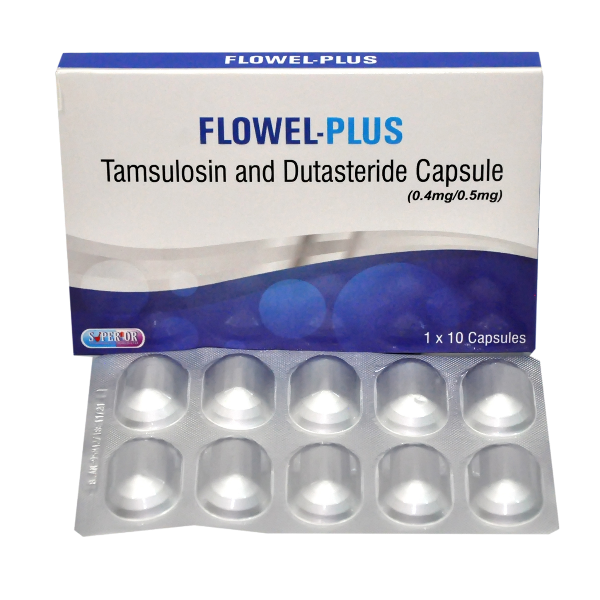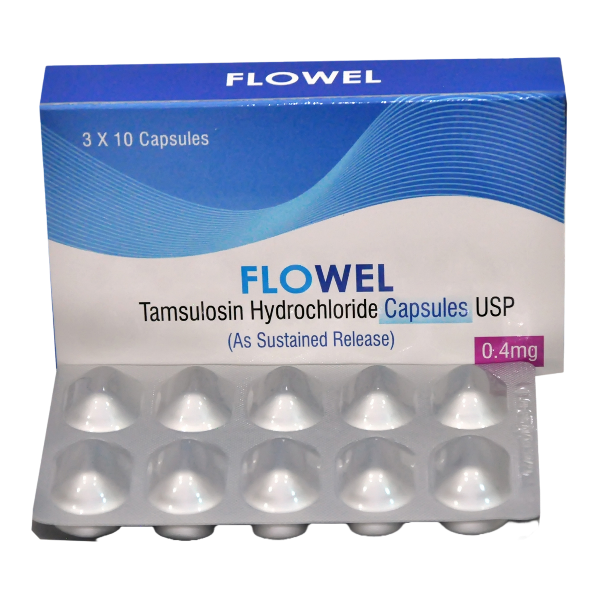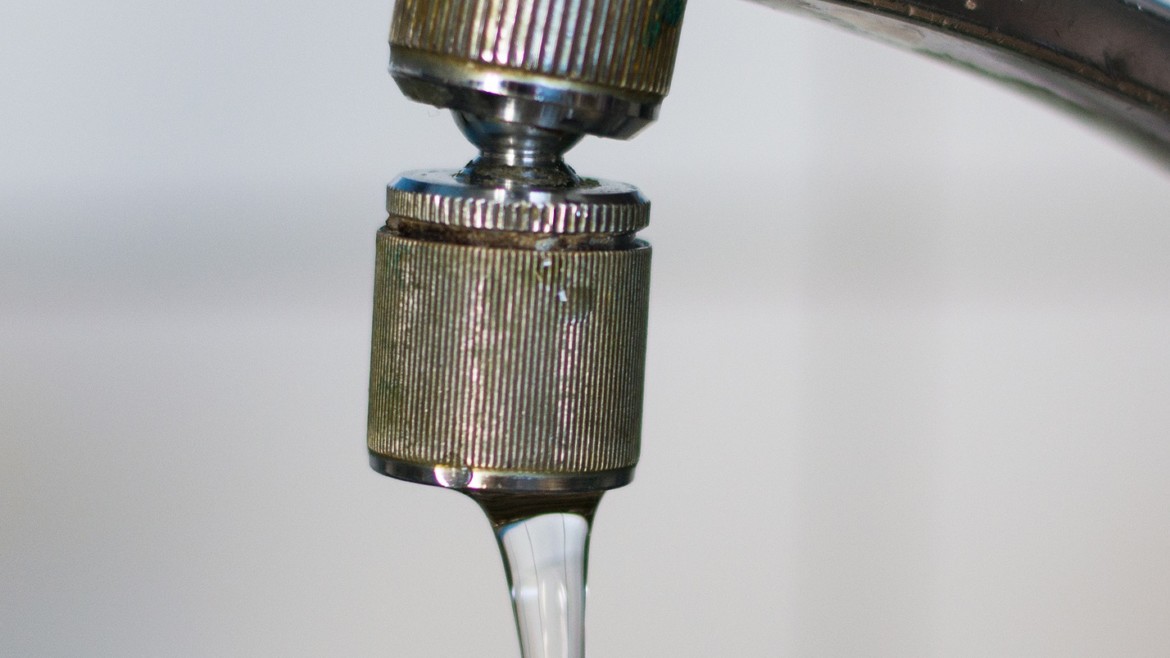What is benign prostatic hyperplasia?
Benign prostatic hyperplasia (BPH) is also called benign prostatic hypertrophy. It’s when the prostate gland becomes very large and may cause problems passing urine. BPH is not cancer, and is a common part of aging.
The prostate gland is found only in males. It’s located in front of the rectum and below the bladder. It wraps around the urethra, the tube that carries urine out of the body. The prostate’s job is to make some of the fluid that protects and nourishes sperm cells in semen. This makes the semen more liquid.
BPH can raise levels of PSA (prostate-specific antigen). PSA is made by the prostate and can be measured with a blood test. An increased PSA level does not mean you have cancer. But the higher the PSA level, the higher the chance of having cancer.
Some symptoms of BPH and prostate cancer are the same. But BPH is not cancer and does not develop into prostate cancer.
What causes BPH?
The cause of BPH is not known. The prostate goes through 2 main periods of growth. In early puberty, it doubles in size. Then around age 25, the prostate starts to grow again. It continues to grow for most of a man’s life.
The continuing growth of the prostate may not cause problems until much later in life, when the second period of growth may result in BPH. It is a common problem for men starting in their 60s. And it is more likely for men in their 70s and 80s to have some symptoms of BPH.
What are the symptoms of BPH?
As the prostate grows, it presses against the urethra, the tube that carries urine out of the body. This interferes with urination. At the same time, the bladder wall becomes thicker and irritated, and begins to contract, even when it contains only small amounts of urine. This can cause more frequent urination. These changes cause the bladder muscle to weaken. It may not empty fully and can leave some urine behind. This leads to symptoms.
The following are the most common symptoms of BPH:
- Leaking or dribbling of urine
- Trouble starting urine stream
- More frequent urination, especially at night
- Urgency to urinate
- Holding urine (can’t pass urine)
- An interrupted, weak stream of urine
These problems may lead to one or more of the following if BPH is not treated:
- Loss of urine control
- Kidney damage
- Blood in the urine
- Bladder damage
- Urinary tract infections
- Bladder stones
- Inability to pass urine at all
The symptoms of BPH may look like other conditions or health problems. Always talk with a healthcare provider for a diagnosis.
How is BPH diagnosed?
Diagnosing benign prostatic hyperplasia (BPH) in its earlier stages can lower the risk of complications. Your healthcare provider will review your health history and do a physical exam. Other tests may include:
- Urine tests. To check for infection.
- Digital rectal exam. A procedure where the healthcare provider puts a gloved finger into the rectum to feel the part of the prostate next to the rectum.
- Ultrasound (sonography). An imaging test that uses high-frequency sound waves to create images of the prostate and nearby organs on a computer screen.
- Cystoscopy. A thin flexible tube and viewing device (cytoscope) is put into the penis and through the urethra. It lets the healthcare provider look at the bladder and urinary tract for structure changes or blockages.
- Urine flow study. A test where the man urinates into a device that measures how quickly the urine is flowing. Reduced flow may suggest BPH.
- Post void residual. A test like an ultrasound that measures that amount of urine in the bladder after urination.

What are options for BPH treatment?

Flowel Capsule
Your doctor may prescribe FLOWEL CAPSULE and FLOWEL PLUS to lessen symptoms and reduce the size of the prostate. Surgical treatment may be necessary if:
- You have moderate to severe symptoms of BPH
- Your condition cannot be controlled using medication
- You have certain complications including bladder stones, kidney problems or urinary tract blockages
The cost of surgery to treat BPH can vary as much as 400 percent, so it’s important to discuss your procedure with your doctor to determine the most cost-effective option. Factors that can influence the cost of your procedure include:
- The location of your procedure: In-office procedures or procedures in an ambulatory surgical center are significantly less expensive than the same procedures in a hospital setting.
- The type of procedure you get: There can be a large difference in price between minimally invasive and open procedures. Talk to your physician about your eligibility for a minimally invasive procedure. They typically cost less and often result in a faster, easier recovery.
What are possible complications of BPH?
Delay in treatment can cause lasting (permanent) bladder damage that can’t be treated.
Living with BPH
Management of BPH may include:
- Lifestyle factors. Limit fluids in the evening, empty your bladder before going to bed, and don’t take water pills (diuretics) that are active at night. Not smoking can also help ease BPH symptoms.
- Dietary factors. Stay away from or reduce the amount of alcohol, coffee, and other fluids. This is especially important after dinner. A higher risk for BPH has been linked to a diet high in zinc, butter, and margarine. Men who eat lots of fruits are thought to have a lower risk for BPH.
- Don’t use medicines that worsen symptoms. Decongestants and antihistamines can slow urine flow in some men with BPH. Some antidepressants and diuretics can also make symptoms worse. Talk with your healthcare provider if you are taking any of these medicines.
- Kegel exercises. Repeated tightening and releasing the pelvic muscles is called Kegel exercises. These can help prevent leaking urine. Practice these exercises while urinating to train the specific muscle. To do Kegels, contract the muscle until the flow of urine decreases or stops. Then release the muscle.




